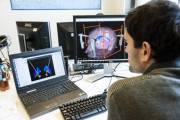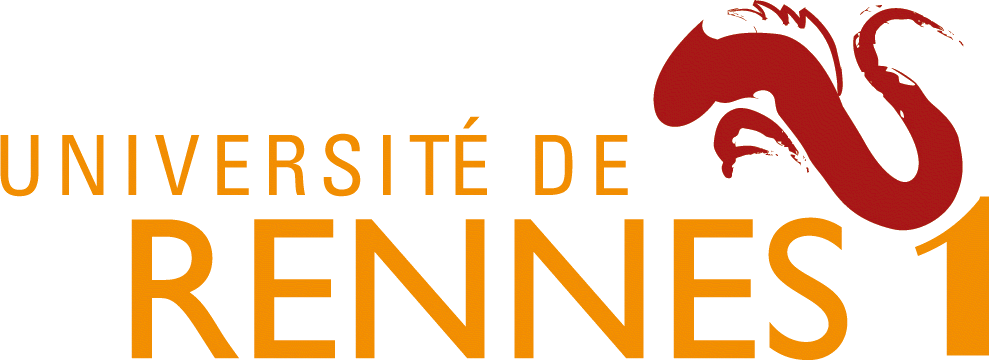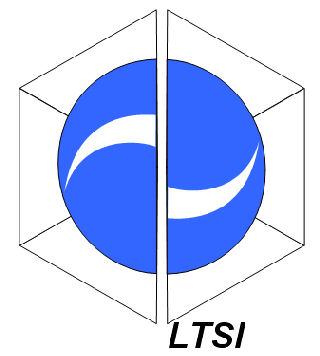News
Members
Publications
Software / Data
Job offers
Images / Videos
Collaborations
Conferences
Lab meetings: "Les partages de midi"
Practical information
Members Area
Next conferences we are in …





This shows you the differences between two versions of the page.
| Next revision | Previous revision | ||
|
activities:theme2:projects [2010/11/12 14:46] astamm created |
— (current) | ||
|---|---|---|---|
| Line 1: | Line 1: | ||
| - | === Image processing in Multiple sclerosis (MS) === | ||
| - | \\ | ||
| - | To make the lesions detection less fastidious and error prone, we have proposed automatic and supervised procedures to segment MS lesions in longitudinal MR multi-sequences. Based on a parametric normal appearing brain tissue model (NABT), we have proposed a robust algorithm that allows the spatio-temporal segmentation of the abnormalities and propose an original rejection scheme for outliers using a new estimator: the Trimmed Likelihood Estimator. Two different segmentation methods were developed to have a better and more meaningful segmentation. On the one hand, a local segmentation approach, the Mean Shift, was used prior to the robust Expectation Maximization to classify these regions as NABT or lesions. On the other hand, the robust EM-based approach has been used to discriminate between MS lesions and NABT and to initialize the above graph-cut and spectral gradient segmentation scheme. Evaluation was performed on synthetic and real images and compared over previously published methods showing superiority thanks to the ability to interactively improve the segmentation by the Graph Cuts. | ||
| - | |||
| - | === Image processing in Parkinsonian disorders (PD) === | ||
| - | \\ | ||
| - | |||
| - | The objective was to evaluate the ability of automated technique based on structural, cross-sectional T1-weighted (T1w) MRI at performing differential classification of idiopathic Parkinson’s disease (IPD) patients against those with either progressive supranuclear palsy (PSP) or multiple systems atrophy (MSA). The results have demonstrated that a classification approach based on quantitative parameters of 3D brainstem morphology has the potential to differentiate IPD versus PSP and MSA with high accuracy, thereby reducing the initial clinical error rate. An additional objective was to develop a cortical morphometry (i.e., shape index, curvedness, and regional bending energy) analysis framework to better understand the alteration on the brain structure due to PD and propose an alternate diagnosis framework differentiating IPD to MSA and PSP. A statistical analysis on these cortical features showed the ability to differentiate these populations from cortical shape differences. | ||


